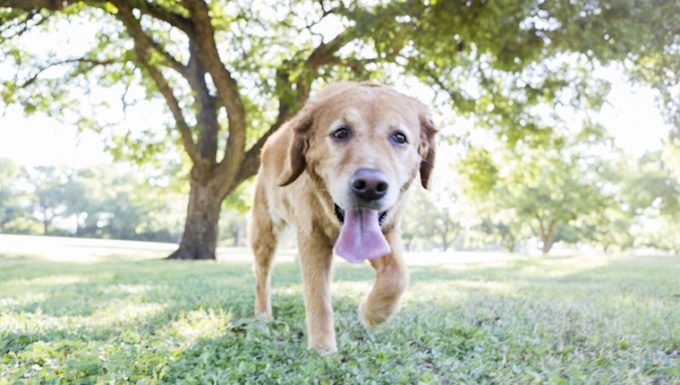Lactic acid build-up in dogs happens when too much lactic acid exists in the body. The condition can actually be caused by exercise.
Normally, a dog’s kidneys and liver control the amount of lactic acid in the body. But dogs who develop the condition risk having problems with their heart and organs.
Technically, the condition is also known as lactic…









